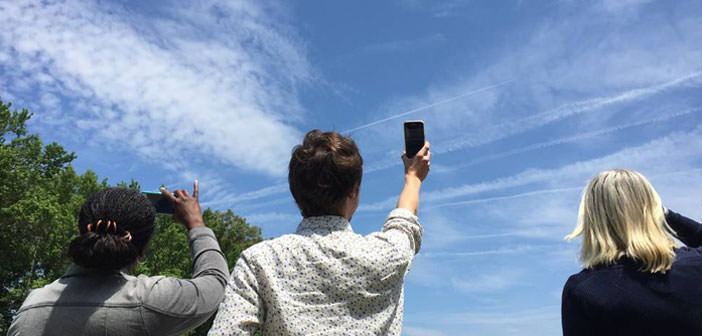We help NASA by photographing the clouds
GLOBE Observer, this is the name of the app, allows you to photograph the clouds and add comments related to the observation. NASA will use the photos and comments to validate the data of its satellites and the CERES system (Clouds and the Earth’s Radiant Energy System) in all those situations where the observation from the sky does not allow to be discriminate in a precise way some characteristics: the comparison with the observations made from the ground will allow to collect more precise data.
The GLOBE Program, whose first word is the acronym of Global Learning and Observations to the Benefit the Environment, is an international science and education program that aims to involve students, is more generally anyone who is interested in science even at an amateur level, in data collection projects. Announced by the United States government in 1994, it is active the following year.
One of the most interesting projects at the moment is the one that, through the GLOBE Program, aims to help NASA to validate its measurement data made by its own tools simply by ‘hunting for clouds’ with its mobile phone. GLOBE Observer, this is the name of the app, allows you to photograph the clouds and add comments related to the observation.
NASA will use the photos and comments to validate the data of its satellites and the CERES system (Clouds and the Earth’s Radiant Energy System) in all those situations where the observation from the sky does not allow to be discriminate in a precise way some characteristics: the comparison with the observations made from the ground will allow to collect more precise data.
In particular, the observations of users are very valuable at this time when a new tool has just come into being, CERES FM6 launched in orbit on 18 November last and active from 5 January, in order to verify more quickly the data of the latter.
The best observations will be rewarded with a mention on the site and on the social channels of the GLOBE Program and with congratulations on video by NASA scientists.

